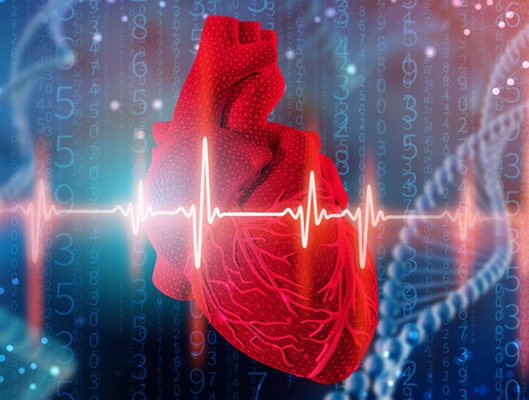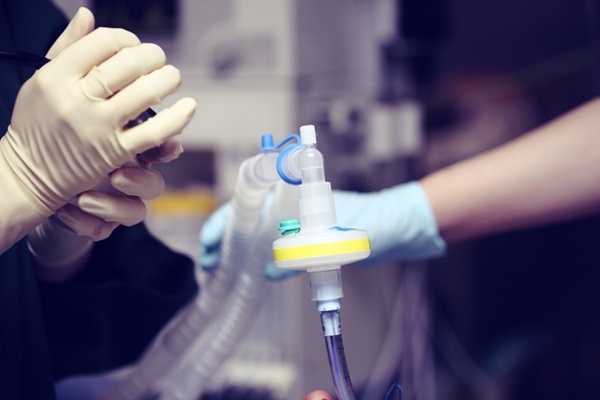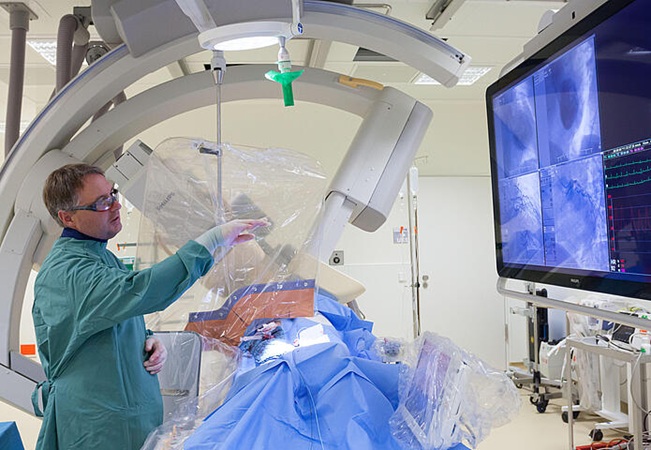Investigators Review Biodetection Technologies
|
By HospiMedica staff writers Posted on 14 Mar 2007 |
In an effort to detect biological threats quickly and accurately, a number of detection technologies have been developed. Rapid and efficient sensors are essential for effective defense against the emerging threat of bioterrorism and biological warfare.
Researchers from Lawrence Livermore National Laboratory (LLNL; Livermore, CA, USA) reviewed several of the latest technologies in the February 2007 issue of the British journal The Analyst, which appears online. This review article describes several recent immunosensing advances that are relevant to biothreat detection. These highly diverse examples are intended to demonstrate the breadth of these immunochemical sensing systems and platforms while highlighting those technologies that are suitable for pathogen detection.
It's important to provide a summary of the latest technologies and approaches for sensing systems and platforms that could lead to bioagent detectors for responders to use in the field, said LLNL's lead author Jeffrey Tok. Other authors include Nicholas Fischer and Theodore Tarasow of LLNL's BioSecurity and Nanosciences Laboratory.
One technique, described by Dr. Tok and colleagues, involves using a barcode system, similar to the barcodes used on retail products, to detect biological agents in the field. Nanowires built from sub-micrometer layers of different metals, including gold, silver, and nickel, are able to act as 'barcodes' for detecting a variety of pathogens, such as anthrax, smallpox, ricin, and botulinum toxin. The approach could simultaneously identify multiple pathogens via their unique fluorescent characteristics.
Another detection strategy involves the development of an electrical current-based readout of the nanowires for protein and virus sensing. The wires are arranged as field-effect transistors (FETs), where slight variations at the surface produce a change in conductivity. Developers of this technology predict that a high-density nanowire-circuit array geared toward pathogen detection could be built on a large scale suitable for biosecurity surveillance.
Physical, chemical, and optical properties that can be tuned to detect a particular bioagent are the key to microbead-based immunoassay sensing systems. A unique spectral signature or fingerprint can be tied to each type of bead. Beads have been joined with antibodies to specific biowarfare agents. This method has been demonstrated in the autonomous pathogen detection system (APDS), a technology developed by Lawrence Livermore researchers. APDS contains an aerosol collector to constantly 'inhale' particles from its surrounding environment for analysis.
Microarray-based immunoassay sensing approaches can be used to detect bacteria, such as the E coli recently found in spinach and other fresh-packed greens. This approach can differentiate pathogens from harmless bacteria. In an analogous technique called aptamer microarray, short single strand chains of DNA (less than 100 nucleotides) are developed that bind to target molecules and fold into complex structures. The folding event results in an easy-to-read electrical charge. This binding-induced signaling strategy is particularly well suited for sensing in complex samples.
In a whole-cell-based immunoassay sensing system, an engineered B lymphocyte cell in which both pathogen-sensing membrane-bound antibodies and an associated light-emitting reporting system are all expressed in vivo. The B lymphocyte cell-based sensing system, termed Canary, centers on an easily expressed calcium-sensitive bioluminescent protein from the Aequoria victoria jellyfish. When exposed to targeted biowarfare compounds, an increase in photons was observed within the B lymphocyte cells in a matter of seconds. The photon changes can be easily detected using an inexpensive optical system.
The ability to miniaturize and adapt traditional bench-top immunoassay protocols to a fully automated micro-or nano-fluidic chip holds tremendous promise to enable multiplex, efficient, cost-effective, and accurate pathogen sensing systems for both biodefense and medical applications, Dr. Tok said.
Related Links:
LLNL
Researchers from Lawrence Livermore National Laboratory (LLNL; Livermore, CA, USA) reviewed several of the latest technologies in the February 2007 issue of the British journal The Analyst, which appears online. This review article describes several recent immunosensing advances that are relevant to biothreat detection. These highly diverse examples are intended to demonstrate the breadth of these immunochemical sensing systems and platforms while highlighting those technologies that are suitable for pathogen detection.
It's important to provide a summary of the latest technologies and approaches for sensing systems and platforms that could lead to bioagent detectors for responders to use in the field, said LLNL's lead author Jeffrey Tok. Other authors include Nicholas Fischer and Theodore Tarasow of LLNL's BioSecurity and Nanosciences Laboratory.
One technique, described by Dr. Tok and colleagues, involves using a barcode system, similar to the barcodes used on retail products, to detect biological agents in the field. Nanowires built from sub-micrometer layers of different metals, including gold, silver, and nickel, are able to act as 'barcodes' for detecting a variety of pathogens, such as anthrax, smallpox, ricin, and botulinum toxin. The approach could simultaneously identify multiple pathogens via their unique fluorescent characteristics.
Another detection strategy involves the development of an electrical current-based readout of the nanowires for protein and virus sensing. The wires are arranged as field-effect transistors (FETs), where slight variations at the surface produce a change in conductivity. Developers of this technology predict that a high-density nanowire-circuit array geared toward pathogen detection could be built on a large scale suitable for biosecurity surveillance.
Physical, chemical, and optical properties that can be tuned to detect a particular bioagent are the key to microbead-based immunoassay sensing systems. A unique spectral signature or fingerprint can be tied to each type of bead. Beads have been joined with antibodies to specific biowarfare agents. This method has been demonstrated in the autonomous pathogen detection system (APDS), a technology developed by Lawrence Livermore researchers. APDS contains an aerosol collector to constantly 'inhale' particles from its surrounding environment for analysis.
Microarray-based immunoassay sensing approaches can be used to detect bacteria, such as the E coli recently found in spinach and other fresh-packed greens. This approach can differentiate pathogens from harmless bacteria. In an analogous technique called aptamer microarray, short single strand chains of DNA (less than 100 nucleotides) are developed that bind to target molecules and fold into complex structures. The folding event results in an easy-to-read electrical charge. This binding-induced signaling strategy is particularly well suited for sensing in complex samples.
In a whole-cell-based immunoassay sensing system, an engineered B lymphocyte cell in which both pathogen-sensing membrane-bound antibodies and an associated light-emitting reporting system are all expressed in vivo. The B lymphocyte cell-based sensing system, termed Canary, centers on an easily expressed calcium-sensitive bioluminescent protein from the Aequoria victoria jellyfish. When exposed to targeted biowarfare compounds, an increase in photons was observed within the B lymphocyte cells in a matter of seconds. The photon changes can be easily detected using an inexpensive optical system.
The ability to miniaturize and adapt traditional bench-top immunoassay protocols to a fully automated micro-or nano-fluidic chip holds tremendous promise to enable multiplex, efficient, cost-effective, and accurate pathogen sensing systems for both biodefense and medical applications, Dr. Tok said.
Related Links:
LLNL
Latest Technology News
- TAVR Reduces Heart Valve Replacement Mortality
- Comunicación de pacientes en coma mediante interfaz cerebro-computador
- Innovative Spectrograph Has Medical Applications
- Digital Planning System Integrated into PACS for Orthopedic Applications
- Varian Medical Systems Earns Top Marks in Oncology IT Study
- In-Home Medical Device Assist Health Management
- RIS Mammography Module Improves Screening Administration in Denmark
- Chart Scanning Program Optimizes Emergency Department Billing
- RIS Customized for Multiple Client Facilities
- Automatic Processing Module Enhances Digital Imaging Workflow
Channels
Critical Care
view channel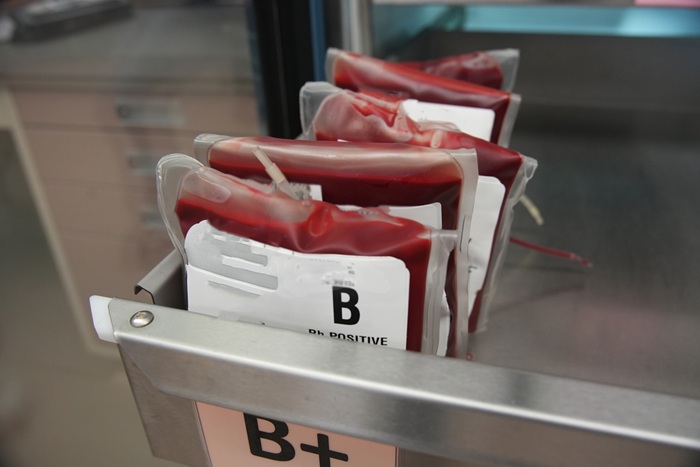
Earlier Blood Transfusion Could Reduce Heart Failure and Arrhythmia in Heart Disease Patients
Blood loss during or after surgery can place significant stress on people with heart disease, increasing the risk of dangerous complications. Transfusions are often delayed until hemoglobin levels fall... Read more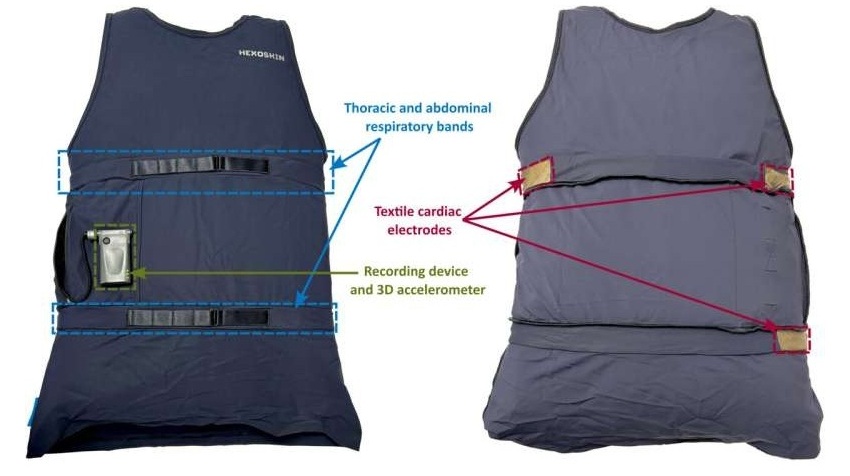
'Smart' Shirt Detects Epileptic Seizures in Real Time
Epilepsy affects roughly one in every 100 people worldwide, causing seizures that can range from subtle episodes to severe convulsions and loss of consciousness. These events arise from excessive electrical... Read moreSurgical Techniques
view channel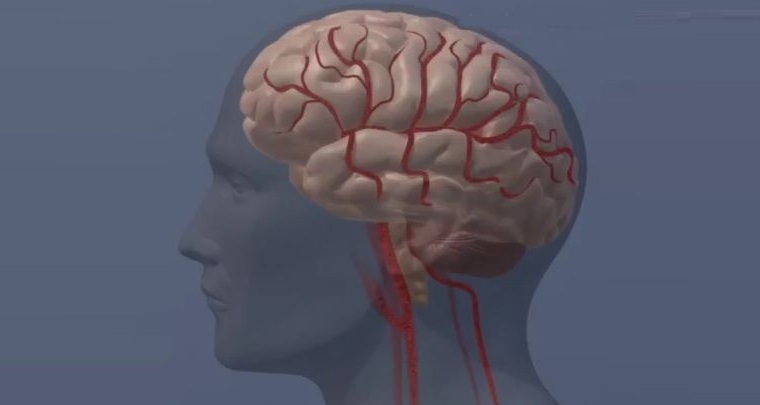
Ablation Reduces Stroke Risk Associated with Atrial Fibrillation
Atrial fibrillation (AFib) greatly increases the risk of stroke, blood clots, heart failure, and death, and millions of people in the U.S. are expected to be affected in the coming years.... Read more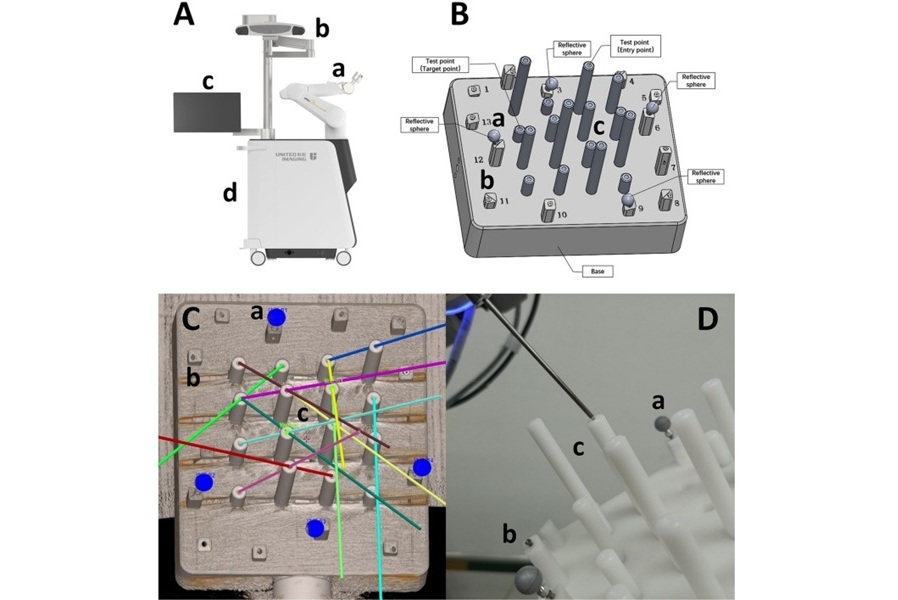
Optical Tracking Method Identifies Target Areas in Robot-Assisted Neurosurgery
Epilepsy occurs when nerve cells misfire and produce uncontrolled electrical bursts in the brain, leading to seizures. While most patients respond to medication, about 30% require more advanced intervention.... Read morePatient Care
view channel
Revolutionary Automatic IV-Line Flushing Device to Enhance Infusion Care
More than 80% of in-hospital patients receive intravenous (IV) therapy. Every dose of IV medicine delivered in a small volume (<250 mL) infusion bag should be followed by subsequent flushing to ensure... Read more
VR Training Tool Combats Contamination of Portable Medical Equipment
Healthcare-associated infections (HAIs) impact one in every 31 patients, cause nearly 100,000 deaths each year, and cost USD 28.4 billion in direct medical expenses. Notably, up to 75% of these infections... Read more
Portable Biosensor Platform to Reduce Hospital-Acquired Infections
Approximately 4 million patients in the European Union acquire healthcare-associated infections (HAIs) or nosocomial infections each year, with around 37,000 deaths directly resulting from these infections,... Read moreFirst-Of-Its-Kind Portable Germicidal Light Technology Disinfects High-Touch Clinical Surfaces in Seconds
Reducing healthcare-acquired infections (HAIs) remains a pressing issue within global healthcare systems. In the United States alone, 1.7 million patients contract HAIs annually, leading to approximately... Read moreHealth IT
view channel
Printable Molecule-Selective Nanoparticles Enable Mass Production of Wearable Biosensors
The future of medicine is likely to focus on the personalization of healthcare—understanding exactly what an individual requires and delivering the appropriate combination of nutrients, metabolites, and... Read moreBusiness
view channel
Philips and Masimo Partner to Advance Patient Monitoring Measurement Technologies
Royal Philips (Amsterdam, Netherlands) and Masimo (Irvine, California, USA) have renewed their multi-year strategic collaboration, combining Philips’ expertise in patient monitoring with Masimo’s noninvasive... Read more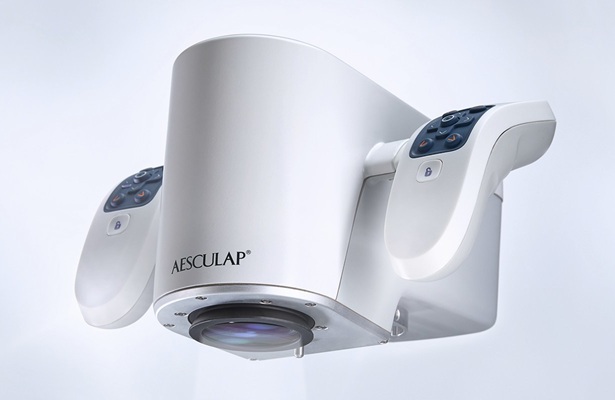
B. Braun Acquires Digital Microsurgery Company True Digital Surgery
The high-end microsurgery market in neurosurgery, spine, and ENT is undergoing a significant transformation. Traditional analog microscopes are giving way to digital exoscopes, which provide improved visualization,... Read more
CMEF 2025 to Promote Holistic and High-Quality Development of Medical and Health Industry
The 92nd China International Medical Equipment Fair (CMEF 2025) Autumn Exhibition is scheduled to be held from September 26 to 29 at the China Import and Export Fair Complex (Canton Fair Complex) in Guangzhou.... Read more